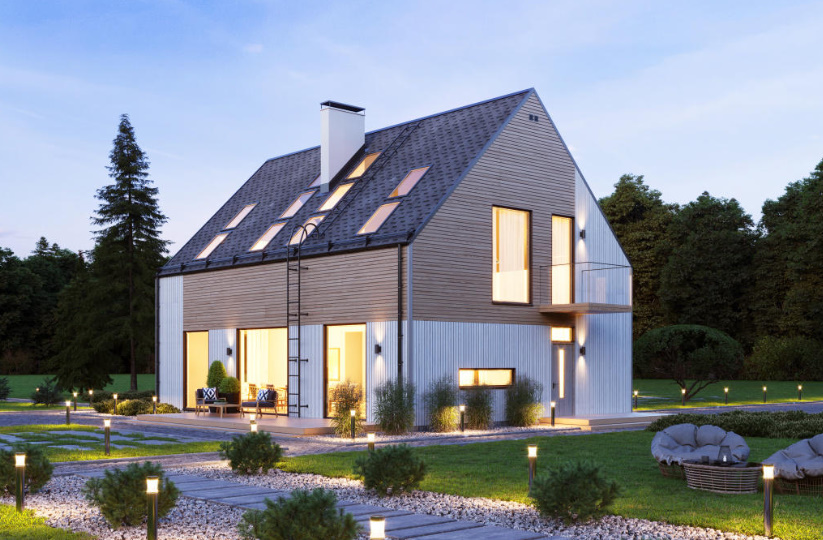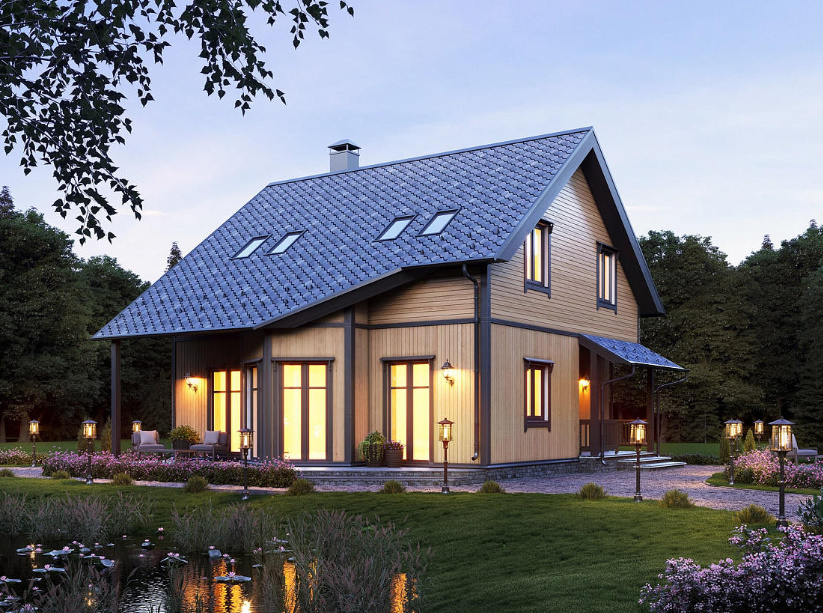How will you start building your dream home? From the project or the foundation? The answer is incorrect! Probably, the entire path you have outlined to the goal should be revised taking into account the modern approach. We will tell you how to build competently and without disappointment.
As a rule, future owners of suburban real estate imagine their home in colors. Sometimes the picture is so bright that it is known in advance where and what kind of furniture will stand and even the inscription on the door mat is read. This is a great goal to go towards. But many make such mistakes that ruin all plans. So, where to start and in which direction to move to the house of your dreams?
1. Site selection
A plot is not just land. This is a set of rights and obligations, opportunities and limitations that not only affect later life, but also determine the specifics of the building. It is difficult to list all the factors that need to be taken into account. Let’s pay attention to the most significant of them.
Limitations
Even plots in an open field may have a number of restrictions, up to a complete ban on construction. And the presence of houses nearby is not an indicator of the reliability of the transaction. Before you buy a plot, be sure to find out if there are any restrictions on building for it.
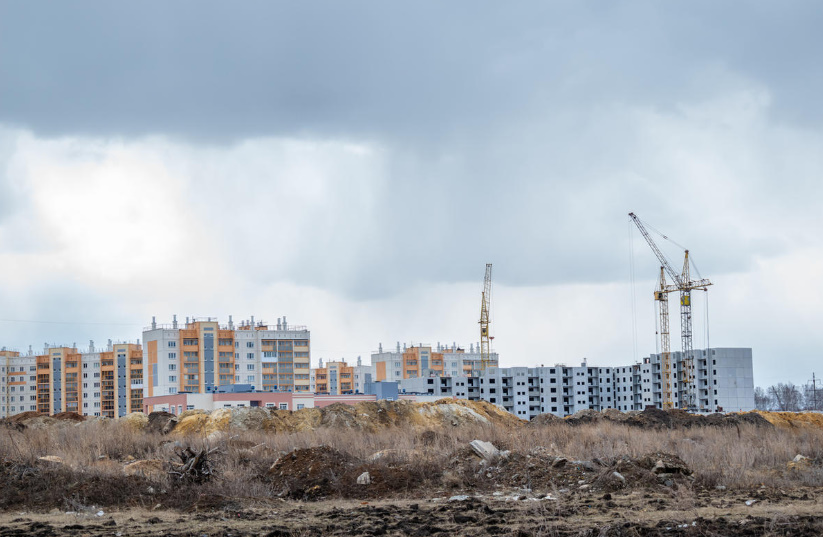
Location
What could be more picturesque than a house on the river bank or on the edge of a high slope! That’s where you need to do French floor—to-ceiling glazing – and enjoy the views. You just have to take into account that the presence of a reservoir nearby can turn into problems, for example, constant flooding or the inability to organize a basement and a cellar for stocks. And construction on the slope is fraught with slipping of soils and deformation of the structure of the house.
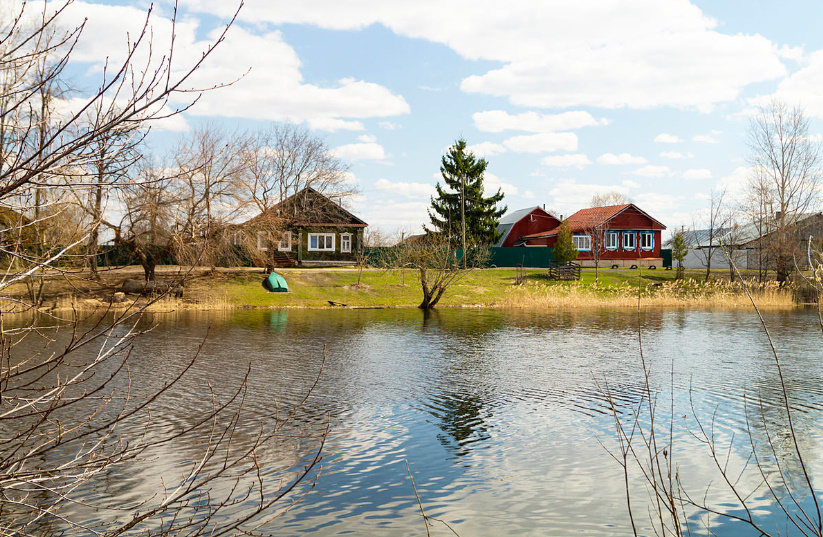
Availability of roads and convenience of access
This is important at all stages — both during construction and during residence. Those who did not take this moment into account and bought a plot in a field without roads know what kind of work they have to organize the delivery of building materials. A concrete mixer or a crane is unlikely to agree to go off-road: such attempts to get to the construction site can be too expensive. In addition to the quality of roads, take into account the density of buildings. Large equipment requires a lot of room for maneuvering, and if there is none, you will have to adjust the project taking into account the possibilities.
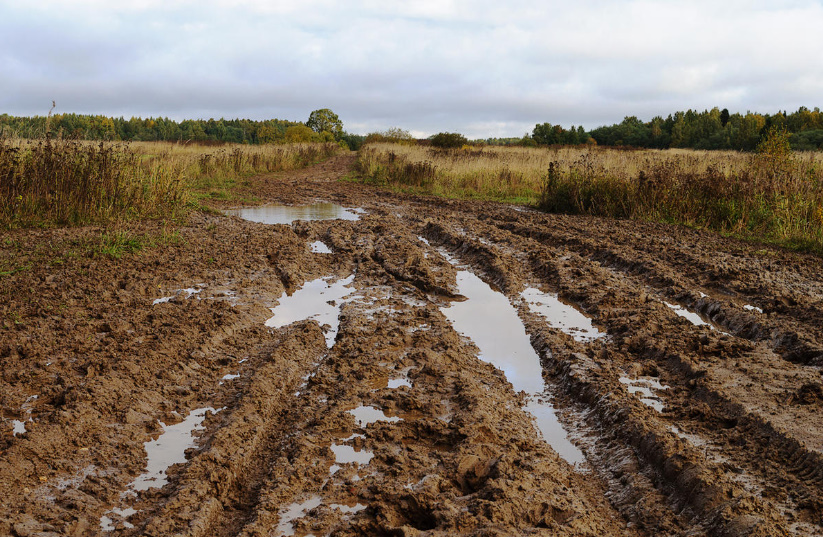
Gardening, villages or cottage settlements?
The status of the site may depend not only on its cost and subsequent monthly payments for the maintenance of nearby territories, but also on the possibility of construction. For example, winter construction may be hampered by roads that are not cleaned of snow. A cottage settlement may have its own rules that you will have to adhere to. Sometimes there are clear requirements for the design of the house and the design of the territory around it.
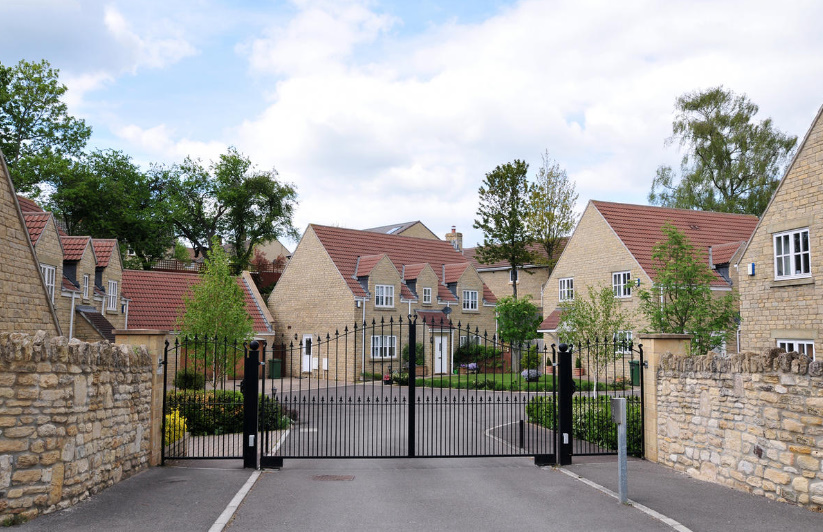
The presence of neighboring houses
It would seem, how can neighboring buildings affect your project? But they can! During construction, it is necessary to observe the distance from the neighbor’s house to yours. If the plot is small, problems may arise with this, especially when the neighbors’ buildings are wooden or you plan to put, say, a log cabin. According to fire safety standards, they require a longer distance than stone ones. To break the distance means to choose a difficult path of litigation.
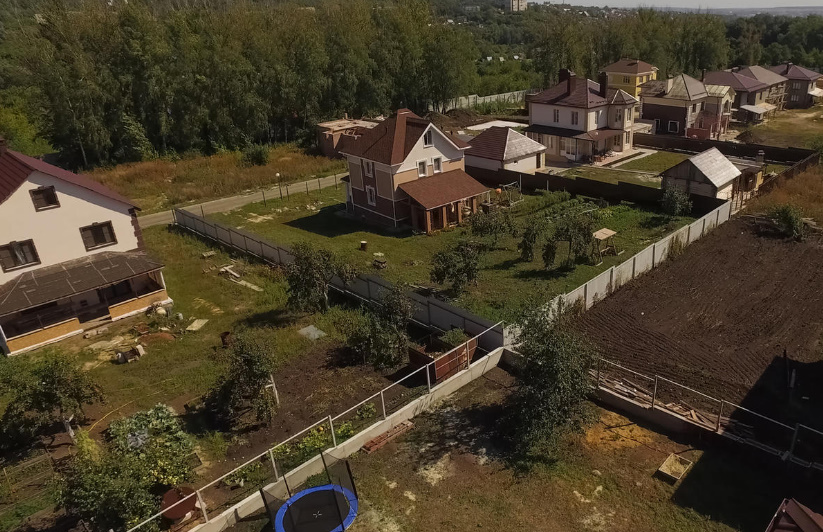
2. Plot planning
When the site is selected, it’s time to plan it. This does not mean that you have to accurately calculate the location of flower beds and plantings. At this stage, you should consider the location of the house, Parking lots, utility corner — in short, everything that surrounds the house, taking into account ground and underground communications!
Taking into account the characteristics of the site, we make a well-thought-out plan. Now you have a clear understanding of what territory a house can occupy, where it is better to orient the entrance group, windows, etc.

Remember the rules of orientation of the house according to the cardinal directions. Now is the time to take this moment into account. It is recommended to arrange the interior so that technical rooms, such as a boiler room, are located on the least illuminated, and therefore on the least heated side. But kitchens and living rooms, where you will spend a lot of time, it is better to focus on the sunny side. Only now, when all the aspects of the plot planning are taken into account, you can start designing a dream house.
3. House project
Few people imagine what a real house project is. But this is not a sketch on paper, where the layout and architecture are roughly marked out. Ideally, this is a large package of documents with drawings, where your future house is painted to the last screw. If it is not there, and even the builders will be unprofessional, then you will have to live in a house with all the inconveniences. Yes, you do not have to be a doctor in this field, and therefore simply do not have experience and sufficient knowledge. But you will have to deal with the consequences! After all, what seems like a trifle at the planning stage can turn into a serious problem during operation. And how many important points remain not thought out at all… And this is only because the majority has formed an attitude: private construction “does not require a project.” In fact, if you are building your own house that is comfortable for you, the project is mandatory!
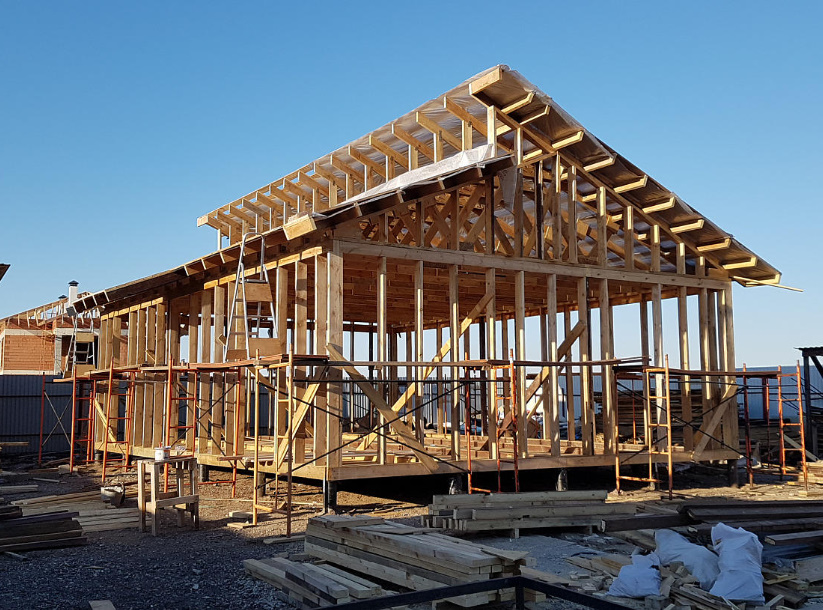
Another reason why a project is often abandoned is its cost. And it doesn’t matter if it’s big or small: the very need to spend money on paperwork repels. But the project is not just pictures. Firstly, this is an action plan for builders. Secondly, it will clearly show the final cost, will allow you to adjust it. You will know exactly how many windows you will need, how many doors, floors, bathrooms, what your roof will be and what all this will result in. This way you will be able to correctly calculate the financial burden and not get involved in a hopeless long-term construction.
In addition, when you show the builders your sketches, they have freedom of action. That is, they themselves are free to choose the path to the goal — to save on building materials and their own strength. You’ll probably even get what’s in the picture, but exactly how it’s done is another question. If builders receive a project, they are obliged to adhere to it in all details. There is no free interpretation — only a given constructive, clearly worked out by professionals!
4. Choosing a construction company
Another stage on which a lot depends is the choice of a construction company or a team. That’s when everything can go to waste — both a competent plan and a well-thought-out project. But this is in the event that you hire incompetent employees or such “professionals” who do not need any projects, they “know how to do it themselves.” That is why it is so important to find competent employees who will speak the same language with you and appreciate your time. Are there such? Unfortunately, those who have recently encountered construction companies, for the most part, will answer “no”. Too often there are people whose skills do not meet the expectations of the customer. And even the recommendations of friends are not a guarantee of quality. The ideal solution would be to entrust everything from the project to the delivery of the house to one trusted company and get what you really expected at the exit. And without a single fly in the ointment. In fact, this is quite possible!
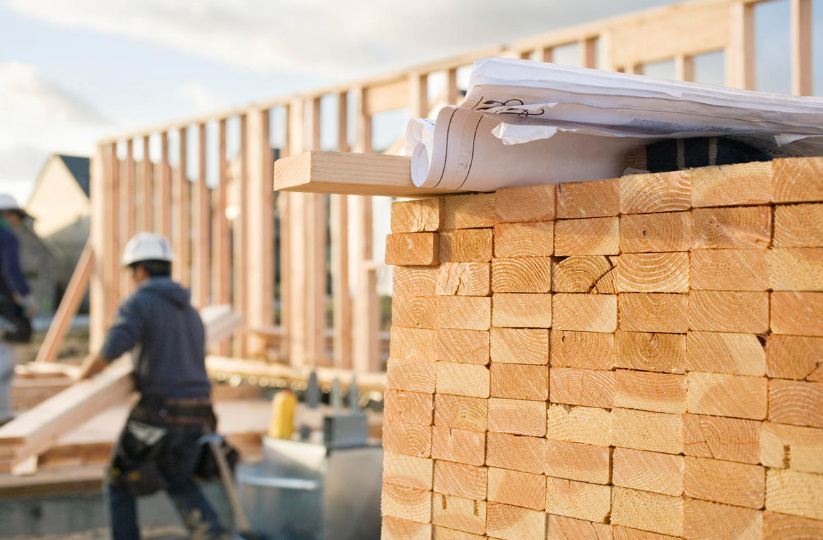
It’s never too early to draw conclusions
It is better to come to the right conclusions before the construction begins. There are two ways to the house of your dreams. The first is to go through a lot of difficult moments, spend a lot of time and, most likely, nerves. The second is to trust the responsible organizations and just wait a little. Although is it possible to call it an expectation? Rather — the anticipation of a new, completely different life in your own country house.
